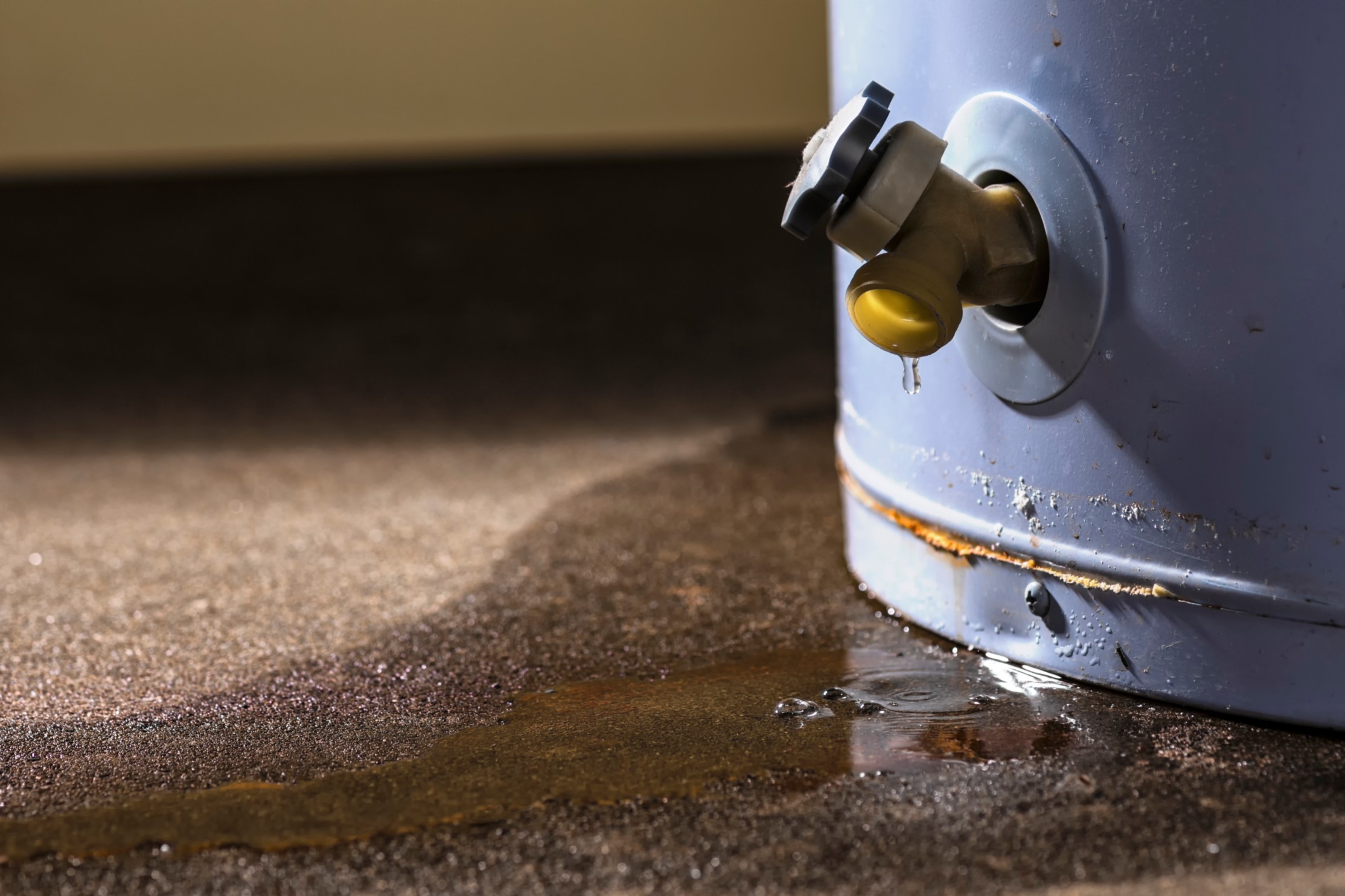Ways to Maintain Your Home's Hot Water System Functioning WellExpert Tips for Maintaining Your Home's Hot Water System
Ways to Maintain Your Home's Hot Water System Functioning WellExpert Tips for Maintaining Your Home's Hot Water System
Blog Article
What are your thoughts about How to Maintain a Hot Water Heater in a Few Simple Steps?

Hot water is essential for day-to-day comfort, whether it's for a revitalizing shower or washing recipes. To ensure your warm water system runs effectively and lasts longer, regular upkeep is key. This short article supplies sensible ideas and insights on exactly how to maintain your home's warm water system to avoid disturbances and expensive fixings.
Introduction
Keeping your home's hot water system could seem daunting, but with a couple of simple steps, you can guarantee it operates smoothly for several years to come. This overview covers everything from recognizing your hot water system to do it yourself upkeep pointers and understanding when to call professional assistance.
Value of Maintaining Your Warm Water System
Routine upkeep not only expands the life expectancy of your hot water system however also guarantees it operates effectively. Overlooking upkeep can lead to reduced performance, higher power expenses, and even premature failing of the system.
Indications Your Hot Water System Needs Upkeep
Understanding when your warm water system needs interest can prevent significant problems. Keep an eye out for signs such as inconsistent water temperature level, strange noises from the heating unit, or rusty water.
Understanding Your Warm Water System
Before diving right into upkeep tasks, it's useful to comprehend the standard components of your hot water system. Commonly, this consists of the water heater itself, pipelines, anode poles, and temperature level controls.
Regular Monthly Maintenance Tasks
Regular monthly checks can help catch small concerns before they intensify.
Purging the Water Heater
Flushing your water heater eliminates sediment build-up, improving effectiveness and extending its life.
Monitoring and Replacing Anode Rods
Anode rods stop deterioration inside the tank. Examining and replacing them when worn is vital.
Evaluating and Readjusting Temperature Settings
Adjusting the temperature settings ensures optimal performance and safety.
Do It Yourself Tips for Upkeep
You can do a number of maintenance tasks yourself to keep your warm water system in leading problem.
Looking for Leaks
On a regular basis evaluate pipelines and links for leaks, as these can result in water damage and higher costs.
Examining Stress Relief Valves
Evaluating the pressure safety valve guarantees it works properly and avoids excessive stress buildup.
Protecting Pipes
Insulating warm water pipelines decreases heat loss and can conserve power.
When to Call an Expert
While do it yourself maintenance is advantageous, some concerns need specialist proficiency.
Complex Concerns Needing Professional Assistance
Examples consist of significant leaks, electric issues, or if your water heater is continually underperforming.
Routine Specialist Upkeep Advantages
Expert maintenance can consist of complete inspections, tune-ups, and making certain compliance with safety and security standards.
Verdict
Routine upkeep of your home's warm water system is essential for performance, longevity, and expense savings. By adhering to these suggestions and recognizing when to look for professional assistance, you can make certain a trustworthy supply of warm water without unforeseen disturbances.
Water Heater Maintenance Tips
Test the TPR Valve
Shut off the power and the cold-water supply valve. Place a bucket under the pipe connected to the temperature-pressure-release (TPR) valve on the top or side of the tank. (This valve opens if the tank pressure gets too high.) Lift the valve’s tab to let some water out, then let go. If water keeps flowing, drain the tank partway, unscrew the old valve with a pipe wrench, and install a new one. Check the Anode Rod
Put a hose to the tank’s drain cock and let out a few gallons of water. Now fit a 1 1/16-inch socket onto the rod’s hex head on top of the heater (or under its top plate) and unscrew the rod. If it’s less than ½ inch thick or coated with calcium, buy a new one, wrap its threads with Teflon tape, put it back in the tank, and tighten securely. Use this segmented rod if headroom above the tank is limited. Drain the Tank and Wash Out Sediment
Drain the remaining water in the tank into the bucket, then stir up the sediment on the tank’s bottom by briefly opening the cold-water supply valve. Drain and repeat until clean water comes out of the hose. Close the drain cock, refill the tank, and turn its power back on. Adjust the Temperature
Find the temperature dial on the side of the tank and unscrew its cover. Adjust the dial to 120 degrees using a flathead screwdriver. For every 10 degrees the temperature is lowered, you can expect to save up to 5 percent in energy costs. Turn the water heater off or the thermostat down to its lowest setting if you plan to be away from home for more than three days. Insulate the Pipes
Buy some self-sticking 3/8-inch-thick foam pipe insulation that matches the pipes’ diameter. Slide the foam over the hot-and cold-water pipes as far as you can reach. Insulating the cold-water pipe prevents condensation in summer. Peel the tape and squeeze the insulation closed. If the pipe is 6 inches or less from the flue, cover it with 1-inch-thick unfaced fiberglass pipe wrap. https://www.thisoldhouse.com/plumbing/21016402/how-to-maintain-a-water-heater

Hopefully you enjoyed our section on What Kind of Maintenance Do Water Heaters Need?. Thanks for spending some time to read our article. Sharing is caring. One never knows, you might be doing someone a favor. I take joy in your readership.
Call Today Report this page